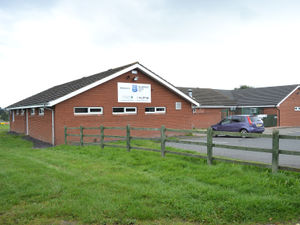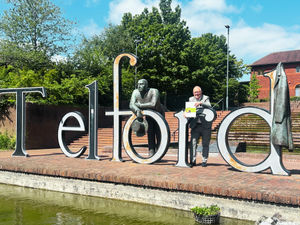Boundary review plan for Telford over population growth
The growth of Telford over the past four years means the borough council wants a boundary review to make sure councillors are representing the same amount of people.
Some Telford & Wrekin councillors now represent 600 more voters than their colleagues in less-populated wards.
In a report for the borough’s boundary review committee, governance chief Anthea Lowe advises they request a review from an England-wide elections body.
She also points out that, despite its 24.8 per cent growth in the last decade, most notably Lawley does not have a named ward of its own, which she says ignores the “recognised and identifiable community” there.
Boundary reviews can be requested to “enhance community identities”, she writes, adding that the Local Government Boundary Commission’s last review took place between 2012 and 2014.
“Since the last review, there has been significant growth in some area,” she writes.
“In 2015, Lawley had 6,084 electors. In 2019 it has 7,592.”
She adds that Newport’s electorate rose more than a tenth, from 8,270 to 9,127 in the same time. Further development is planned elsewhere, such as 900 houses in Priorslee, and the current Telford & Wrekin Local Plan includes 8,500 new homes.
“In administrative areas where significant growth has occurred, it can be the case that residents experience disproportionate representation,” she writes.
“In turn, this can lead to reduced access to representation and democracy particularly for those in more high-growth areas.”
The Telford & Wrekin Council area is divided into 30 wards. Each of these is represented by one, two or three councillors, and each voter gets to cast the same number of votes.
Trigger
“The average electorate for Telford & Wrekin is currently 2,389 per member,” Ms Lowe writes.
The commission can conduct a review if “30 per cent of wards have an electorate of 10 per cent above or below the average” she says.
There are five wards – 17 per cent of the total – with a variance of 10 per cent or more. Brookside is 12.8 per cent below the total, while Horsehay and Lightmoor is 13.2 per cent above.
Two more – Park, at 9.3 per cent below, and Muxton, with 8.5 per cent above – are likely to reach 10 per cent “if population growth continues at its current rate”.
Ms Lowe writes that, while these population shifts do not automatically trigger an automatic review from the commission, the council can still request one, and would be asked for its reasons.
“One of the reasons most frequently stated for seeking a review is that it helps to enhance community identities,” she writes.
“Extensive development” has taken place in Lawley in the last 10 years, and “a recognised and identifiable community has been created”, she writes, but “despite this, it is currently split into several wards.”
The boundary review committee will discuss Ms Lowe’s report when it meets on Monday, January 27.




